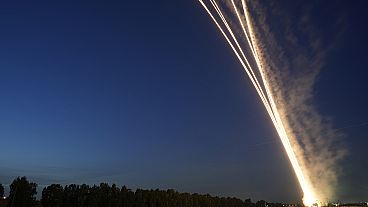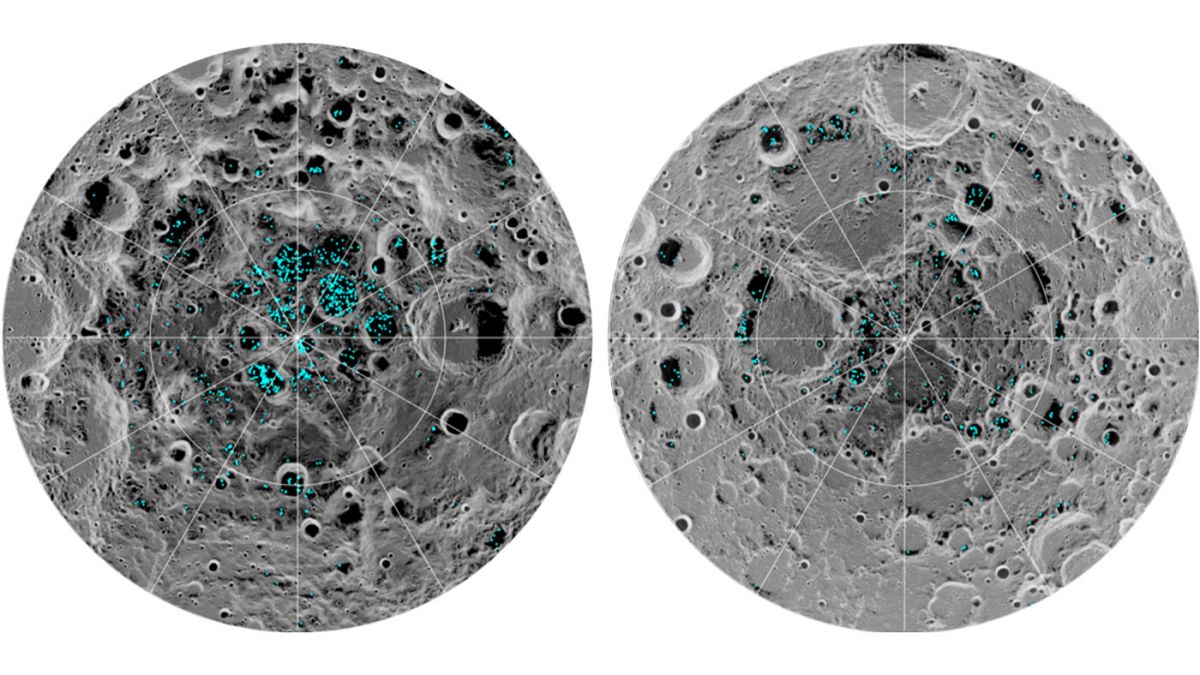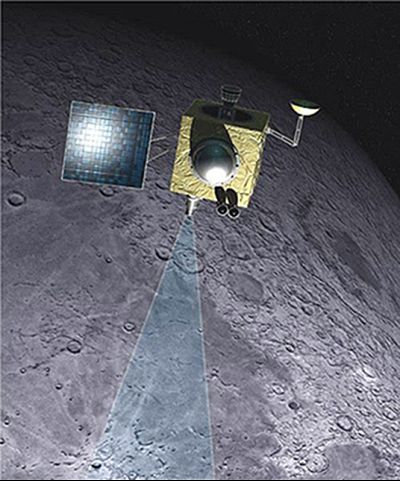The water could provide a critical resource for future expeditions.
For the first time, scientists have found what they say is definitive evidence of water ice on the lunar surface. The discovery suggests that future expeditions to the moon might have a readily available source of water "to explore and even stay on the moon," officials at NASA's Jet Propulsion Laboratory said in a statement Tuesday about the discovery.
The ice was detected at the darkest, coldest regions of the moon's north and south poles. It exists in sparse patches in the north and is concentrated in permanently shadowed craters in the south, where temperatures never climb above minus 250 degrees Fahrenheit.
The discovery, described in a paper published Aug. 20 in the journal Proceedings of the National Academy of Sciences, was made by a team of scientists led by Shuai Li, a researcher at the University of Hawaii's Institute of Geophysics and Planetology.
The team analyzed data obtained by NASA's Moon Mineralogy Mapper (M3) instrument aboard Chandrayaan-1, an Indian spacecraft that explored the moon in 2008 and 2009. The data showed three chemical "signatures" that proved the presence of water ice, as opposed to liquid water or water vapor.
"The results seem very convincing to me," Ian Crawford, a professor of planetary science and astrobiology at Birkbeck, University of London, told Scientific American. Crawford was not involved in the research.
Previous research had shown the existence of water deep beneath the lunar surface. There was also tentative evidence of water ice on the surface at the lunar south pole, but no proof until now.



